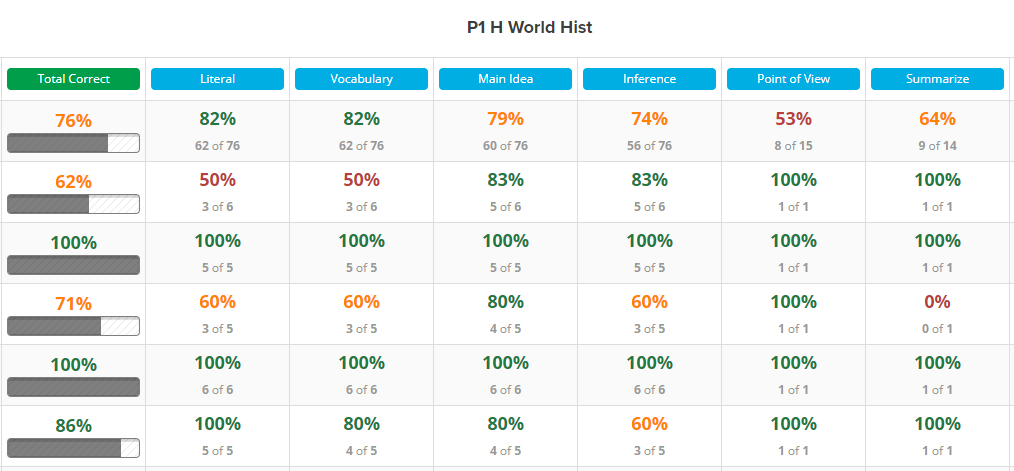As a tenth grade World History teacher in California, I know from experience that many social science educators feel like we are slogging through a sea of standards. Our content standards started off too big and they tend to grow each year. A number of bills have recently been approved by the California state legislature, all of which will likely add to content standards instead of reducing the amount of content social studies teachers sprint through between September and June. These bills include SB-895 and SB830, and several others.
Before the advent of College Readiness and Common Core, which added speaking, listening, reading and writing standards to all disciplines, a McREL study found it would take educators 22 years to adequately cover all of our content. Thankfully, we have help in the form of tools like Listenwise, which curates 3-5 minute audio stories from National Public Radio that align with content standards.
(See the larger infographic here.)
Research is very clear that listening instruction improves reading comprehension, increases reading speed and expands students’ vocabulary. My students clearly enjoy using Listenwise to improve their historical understanding prior to engaging in historical inquiry. Many stories cover multiple content standards across various grade spans, which enable California Social Studies teachers to spiral, or revisit content standards. The following table illustrates alignment between Listenwise stories with quizzes and the corresponding California History and Social Studies Standards.


